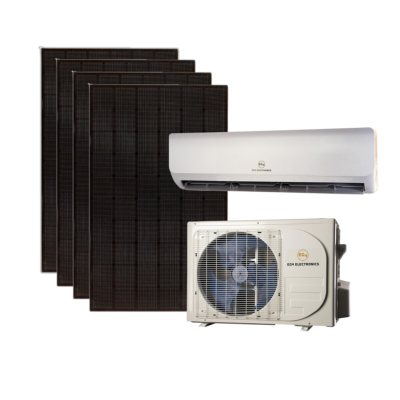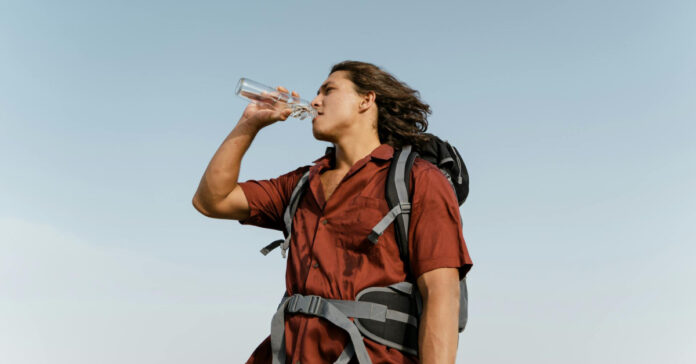A couple days ago, I read an article about people wearing blocks of ice inside their plate carriers. Others had backpacks with cooling inserts similar to those blue cooler packs we throw in our ice chests. Once used solely by military personnel, these cooling devices are now being adopted by construction workers and outdoor order takers in Chick-fil-A lines to help them stay cool on blazing summer days.
The next day, I read an article about Kylie, a town in Texas, where they are running out of water, and it is so hot the heat index this year peaked at 115°F, just slightly lower than its 118° record. The aquifer and local water holes are drying up, so the city is building a pipeline to bring water from an aquifer 40 miles away. But how long will that water last? Maybe ten or 20 years, depending on how fast the area continues to grow.
Besides heat stroke, the article talked about people suffering from renal failure due do dehydration caused by excessive heat. But it doesn’t have to be 100° to overheat. Exertion plays an important role, too.
My first thought was a selfish one: Thank God I don’t live there.
My second thought had to do with prepping: Many of the people living there will die if there is a lengthy grid-down scenario in the summer. Not only is there little or no surface water to be found in the area, but people used to living their lives in the comfort of their air-conditioned homes will suffer from heat stroke if forced to live in the summer temperatures without AC.
Beating the Heat
How can you prep for high heat and no electricity? One way would be to invest in a solar air conditioner. EG4, a well-known producer of batteries and inverters for solar power systems, makes the EG4 Solar AC, a ductless heat pump/air conditioners that runs directly off solar panels, with no need to attach to the grid. When the sun shines, the unit will produce cool air in the summer or warm air in the winter. It is available in 9,000, 12,000, and 24,000 BTUs.

Because these units are independent from the grid and work without an inverter or batteries, you could cool at least one room in your home and use it to stay cool during a grid-down event. If you installed several of these units—they cost from $2,000 to $3,200 each, including solar panels—you could cool most of your home.
If I had one of these, I would set the thermostat low in the summer, so it ran whenever there was sufficient sun to power the unit. I expect it would cool the room much of the day and the room would gradually warm up all night, but that’s better than nothing. Alternatively, you can connect these to the grid and the Solar AC units will function like a traditional mini-split using grid power when there is not sufficient sunshine.
In a norther climate, where it’s cold all night, this would not be my primary heat source, but it could still pump out some no-cost heat during those few hours of winter sunshine.
Heating versus Cooling
From a prepping standpoint, it is easier to generate heat after a SHTF grid-down event than it is to cool a person or room. I look at this from two perspectives:
First, with proper clothing, you can keep yourself warm in a wide range of temperatures. Just add layers, starting with thermal underwear and wool socks, then a warm mid-layer, and your outer layer, including hat and gloves or mittens. At night, sleeping bags, down comforters, and other warm covers will help you retain body heat while you sleep. Of course, you need to have acquired all this clothing and bedding before disaster strikes, but if you live in a cold climate, you should already have it.
When it comes to cooling off, you quickly reach a point of no return where removing the last layer of light-colored clothing might be worse than leaving it on. Staying cool is more difficult than staying warm because our bodies generate heat.
Second, a wood-burning stove can generate thousands of BTUs of heat with no electricity. You have to cut, haul, and split the firewood, of course, but generations of pioneers and settlers did so, and they didn’t have chain saws. You can use swamp coolers and fans to try to cool off a house, but non-electrical devices won’t cool your home anywhere near as well as a fire will heat it.
There is a reason Florida and large parts of Texas and the Desert West didn’t experience a population boom until air conditioning became popular. That same reasoning should tell preppers not to live there if you expect “the big one” in your lifetime. Remember, your prepper property should be somewhere without 100° days and plenty of surface water.
Food, Water and Shelter
I often write about “the big three,” but people often underestimate how important shelter is.
The environment can kill you in any number of ways. Any time your body temperature rises or falls more than two degrees from normal, you are in dangerous territory. To survive, you should have shelter and appropriate clothing for all the seasonal and environmental conditions to which you may be exposed.
You will still need food and water, of course, but don’t neglect shelter when making your preps.







